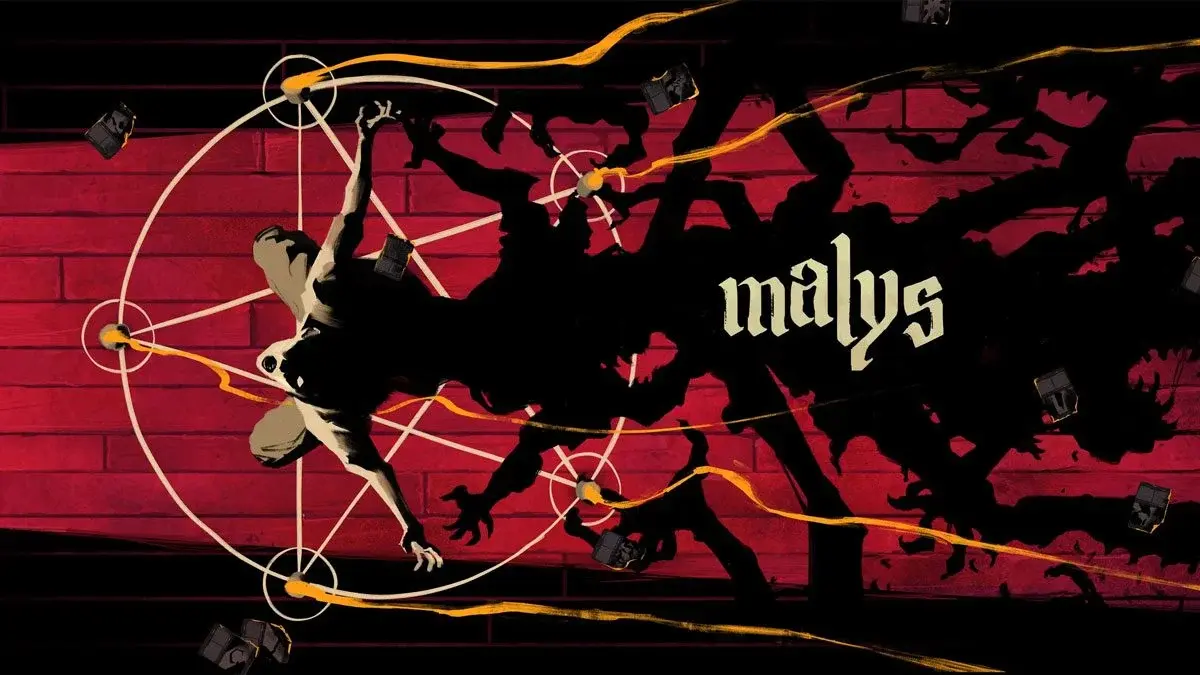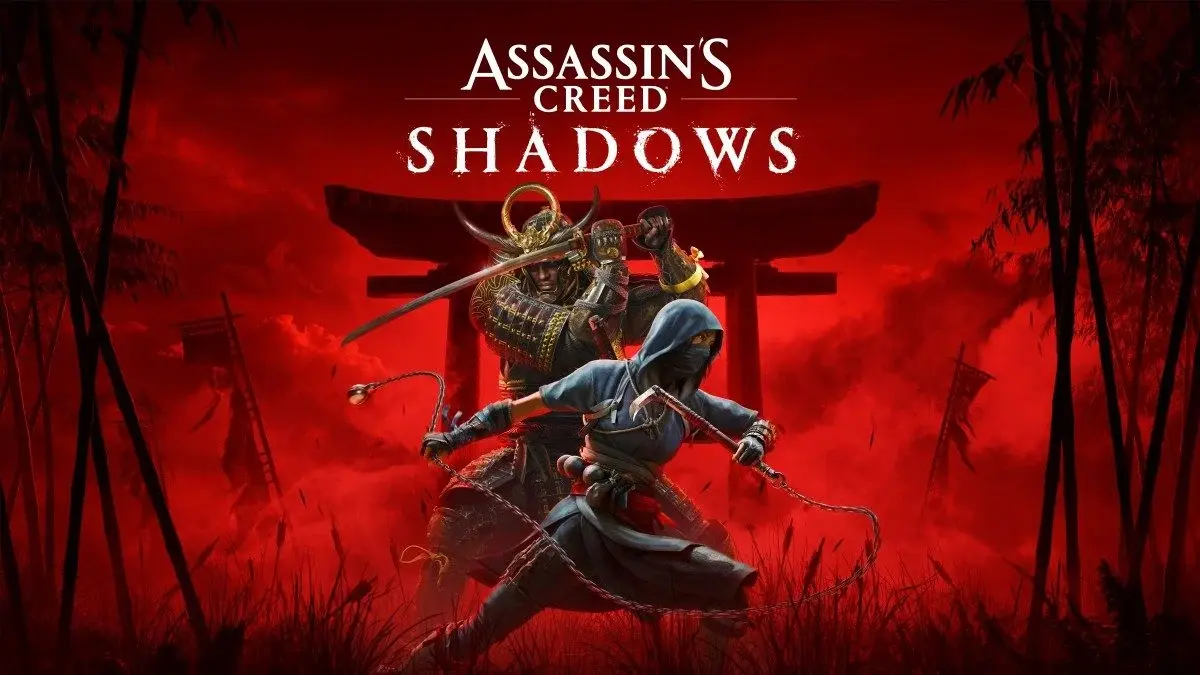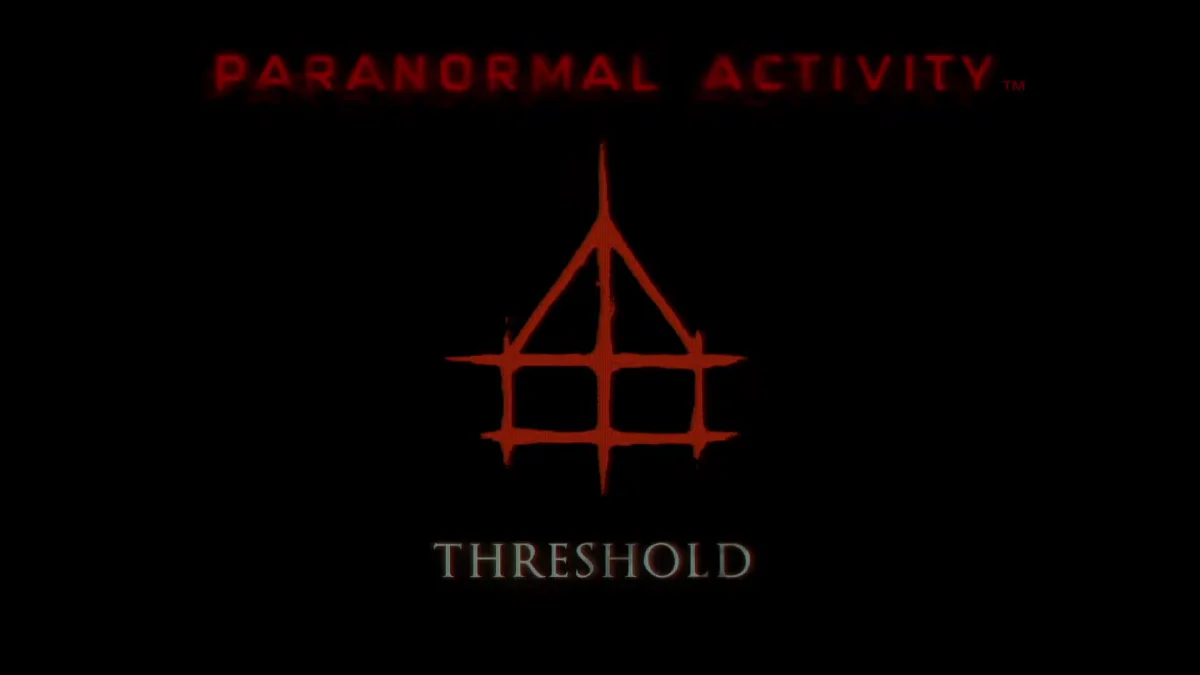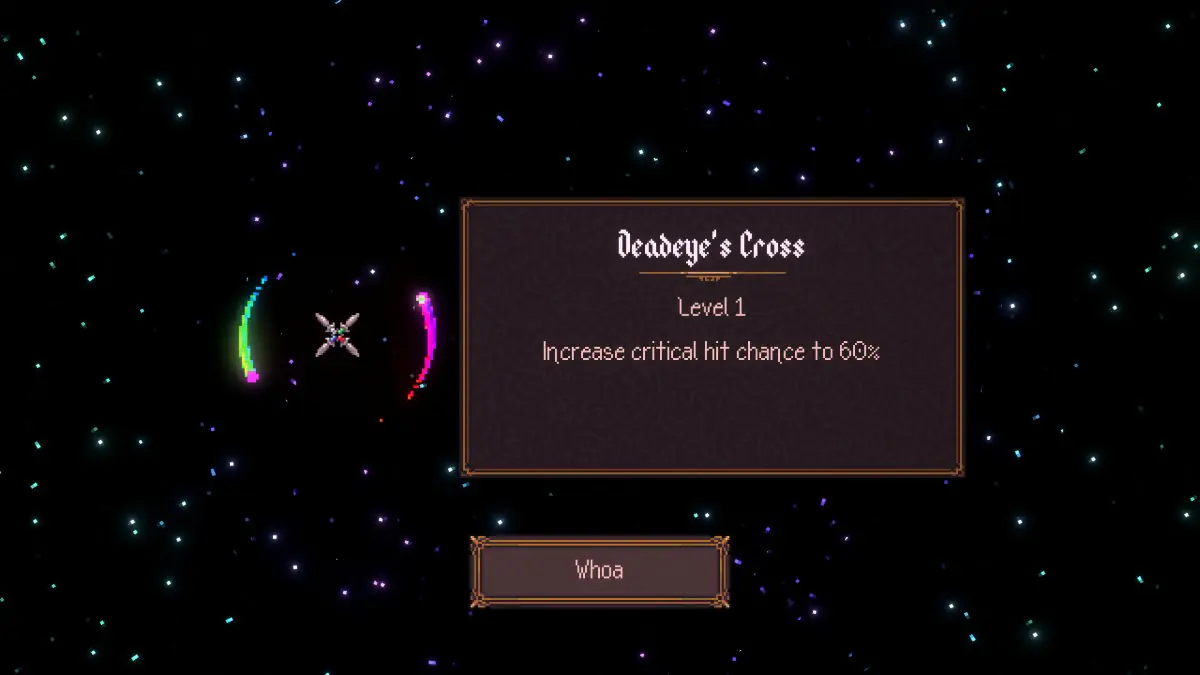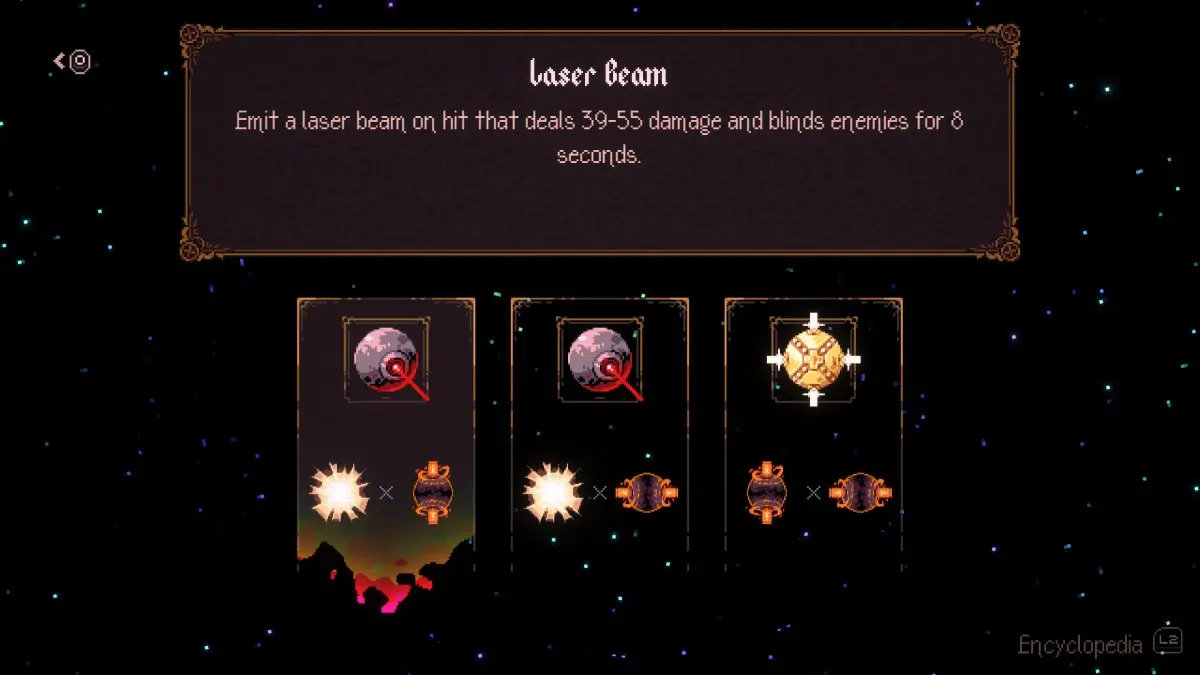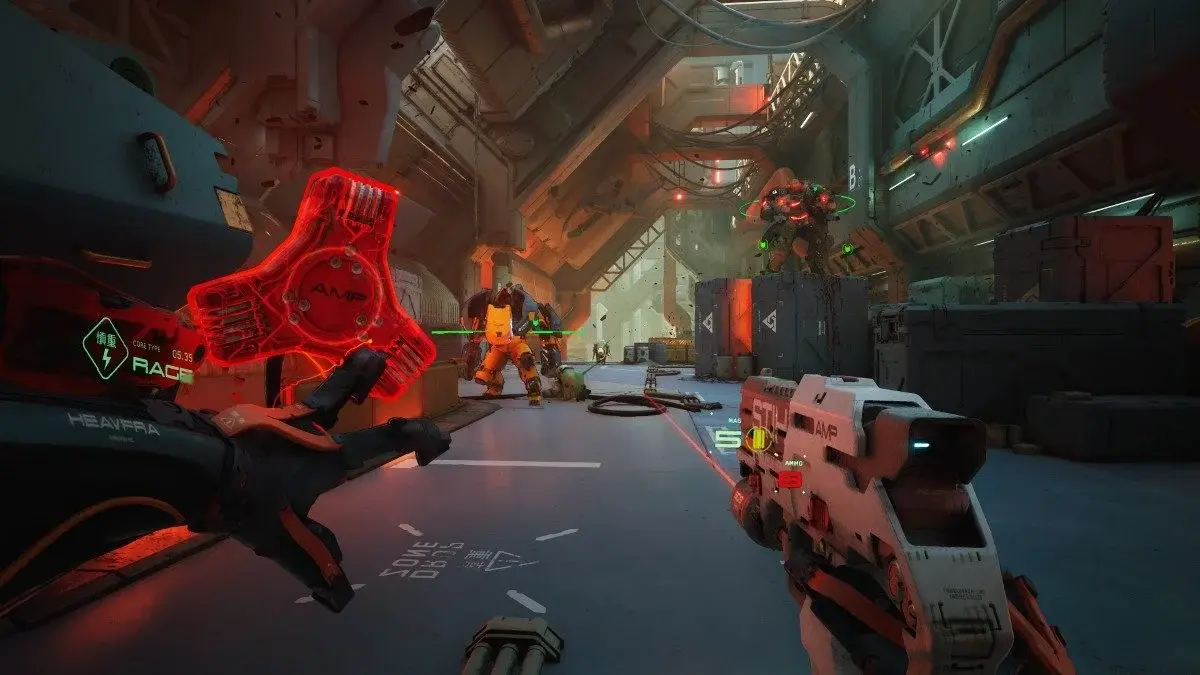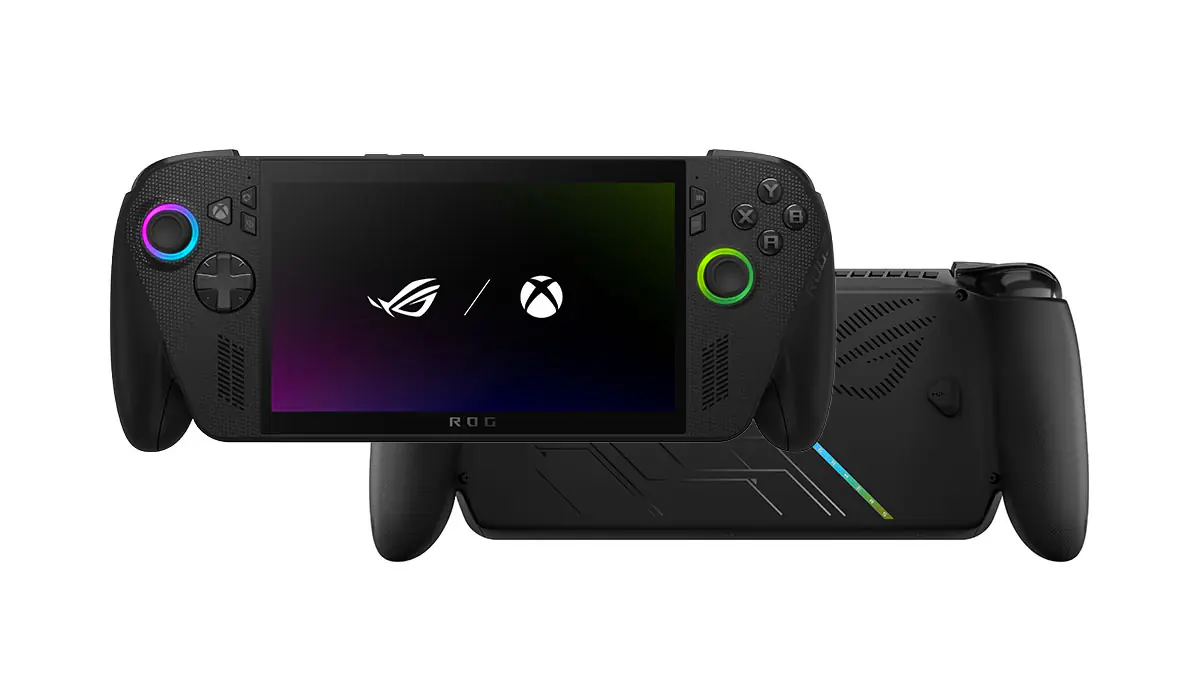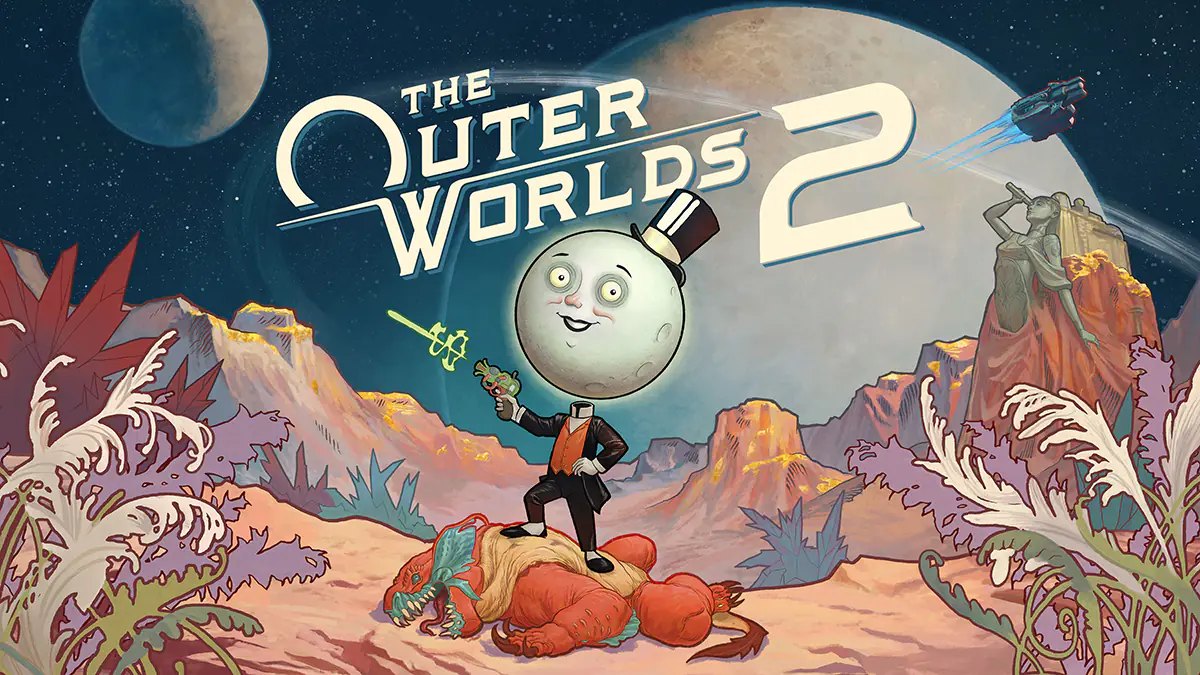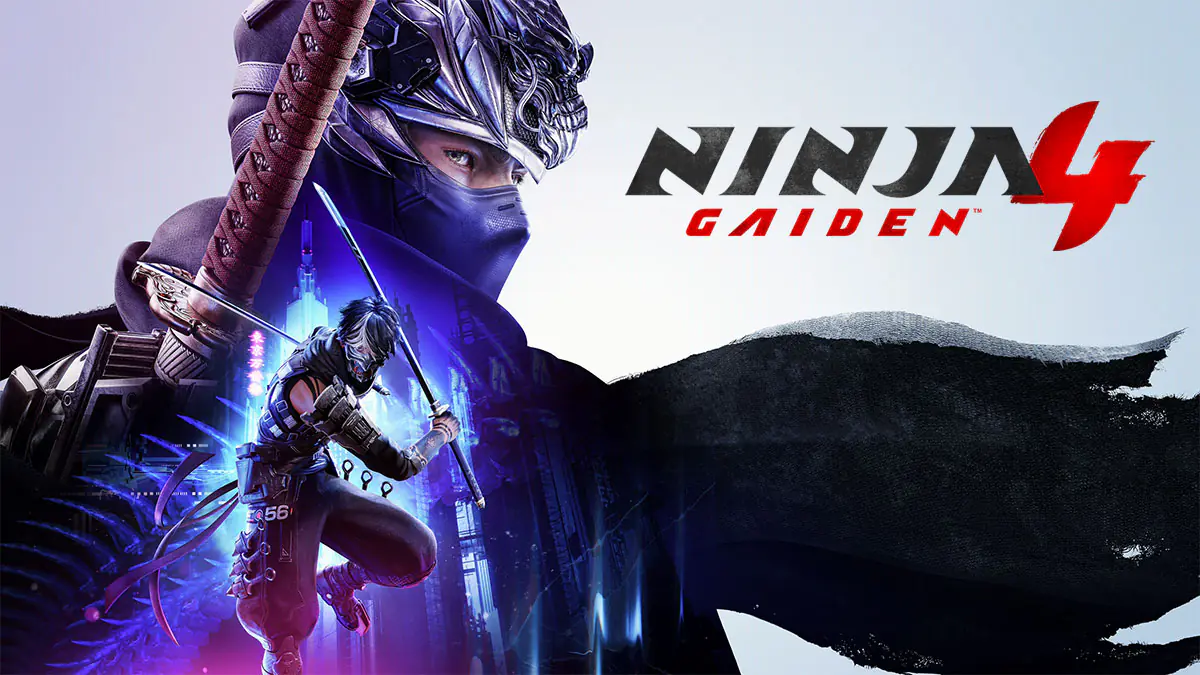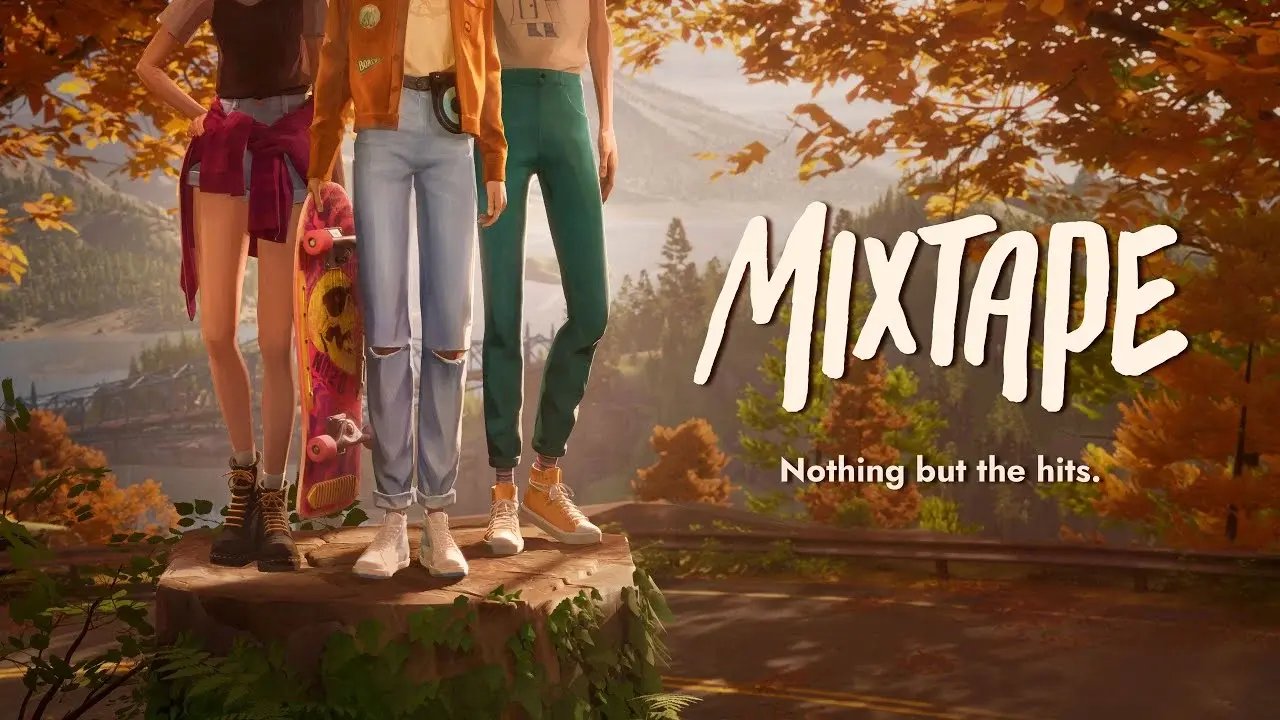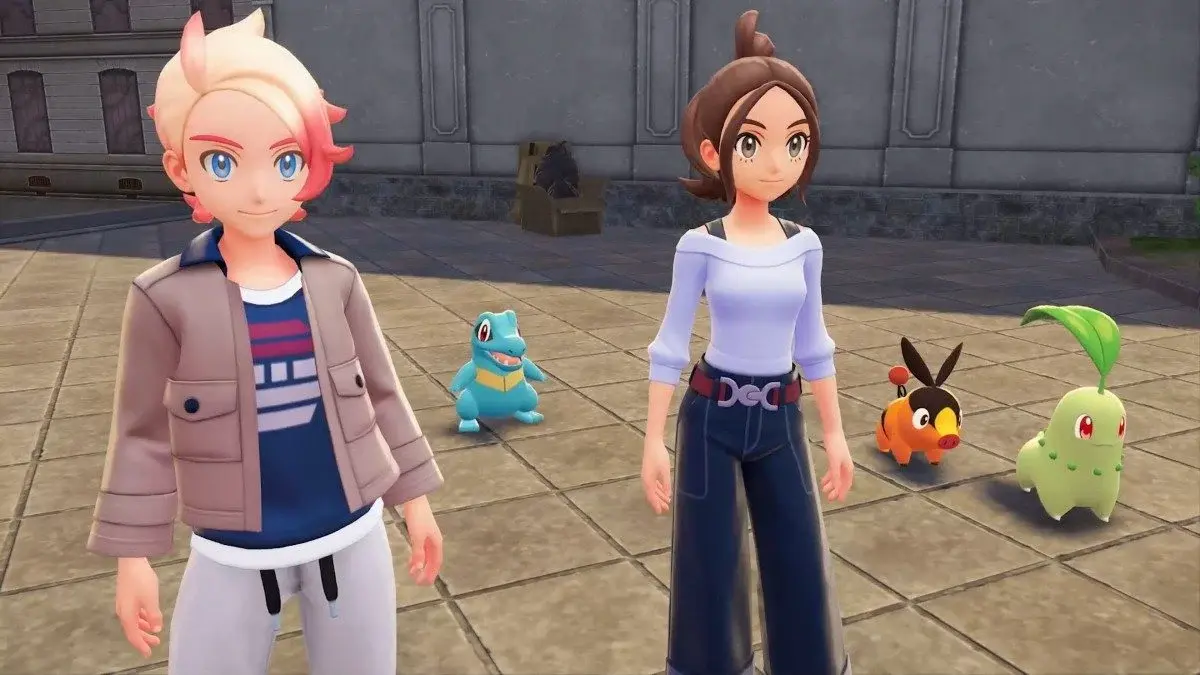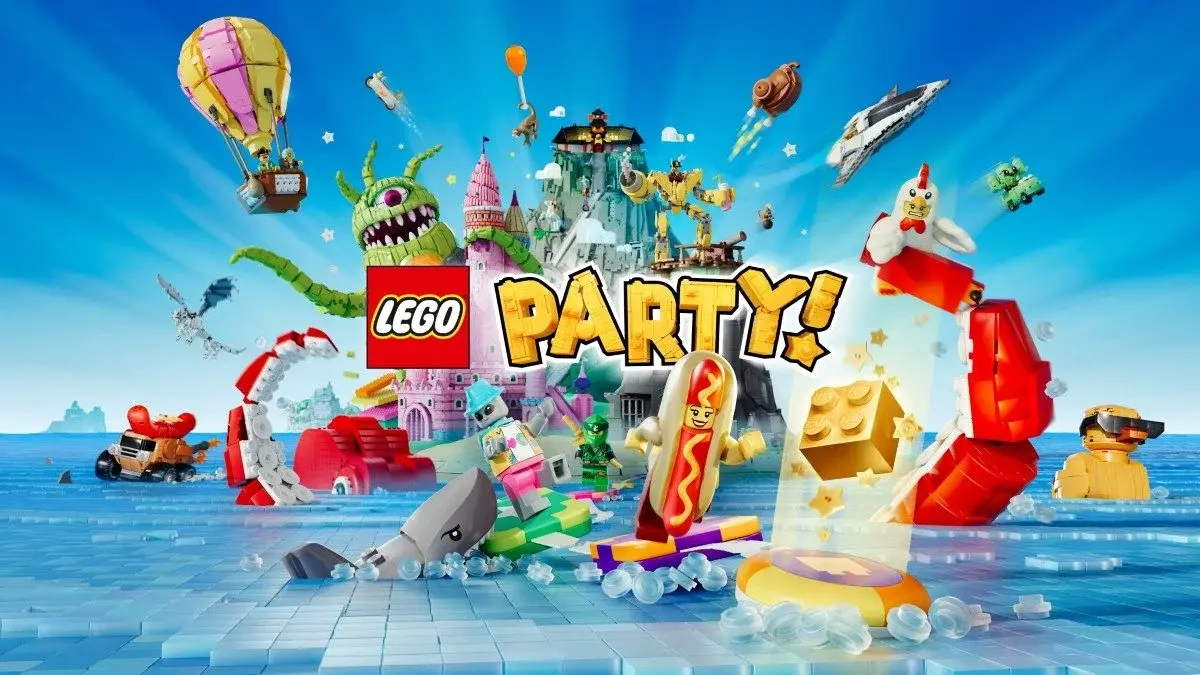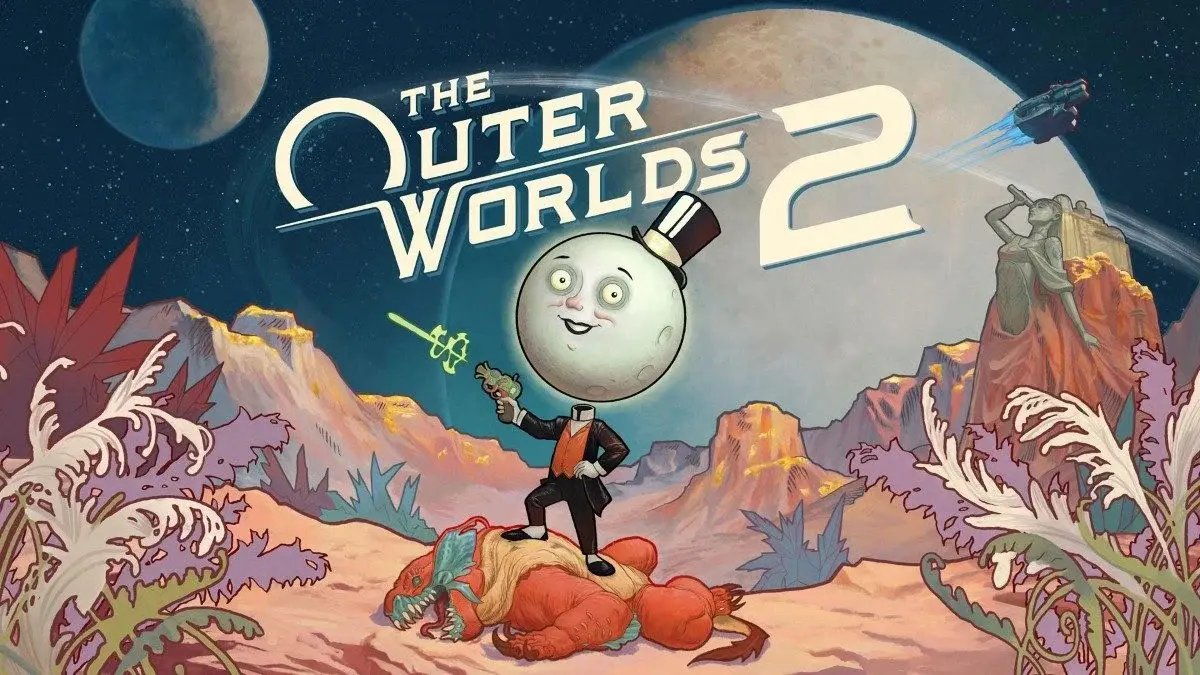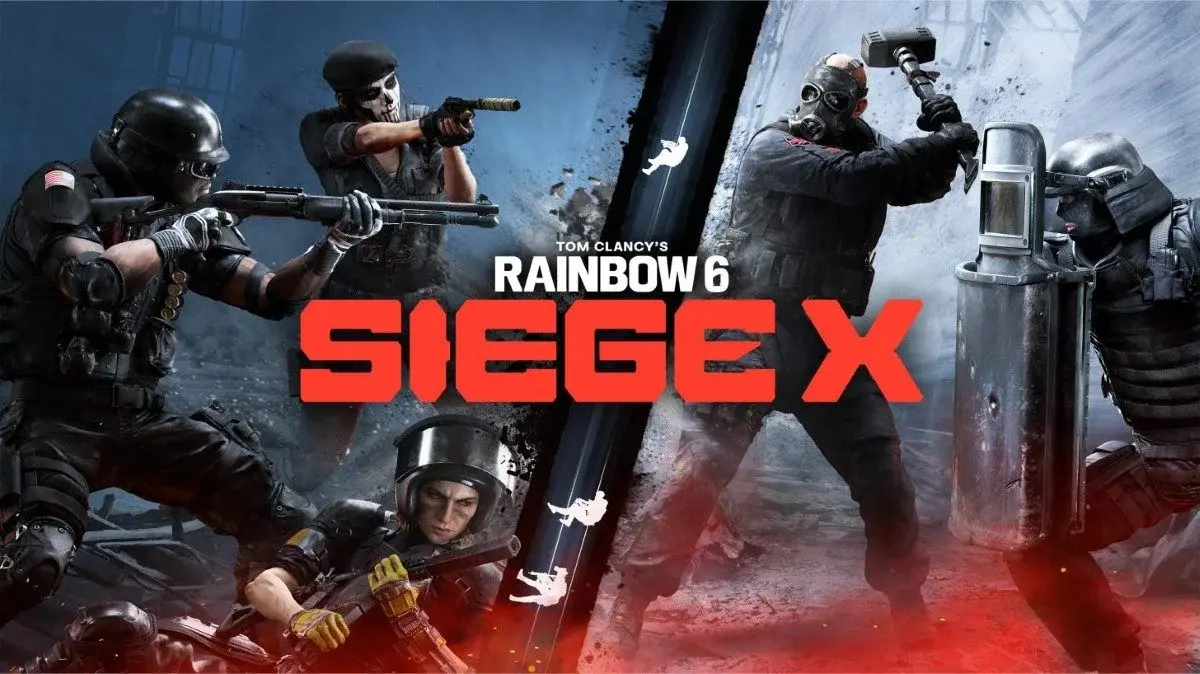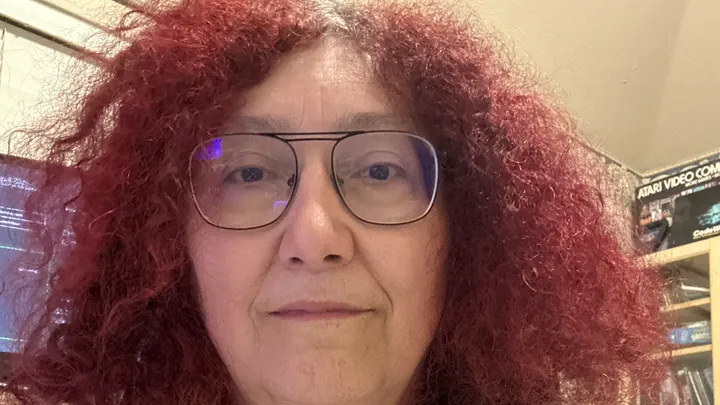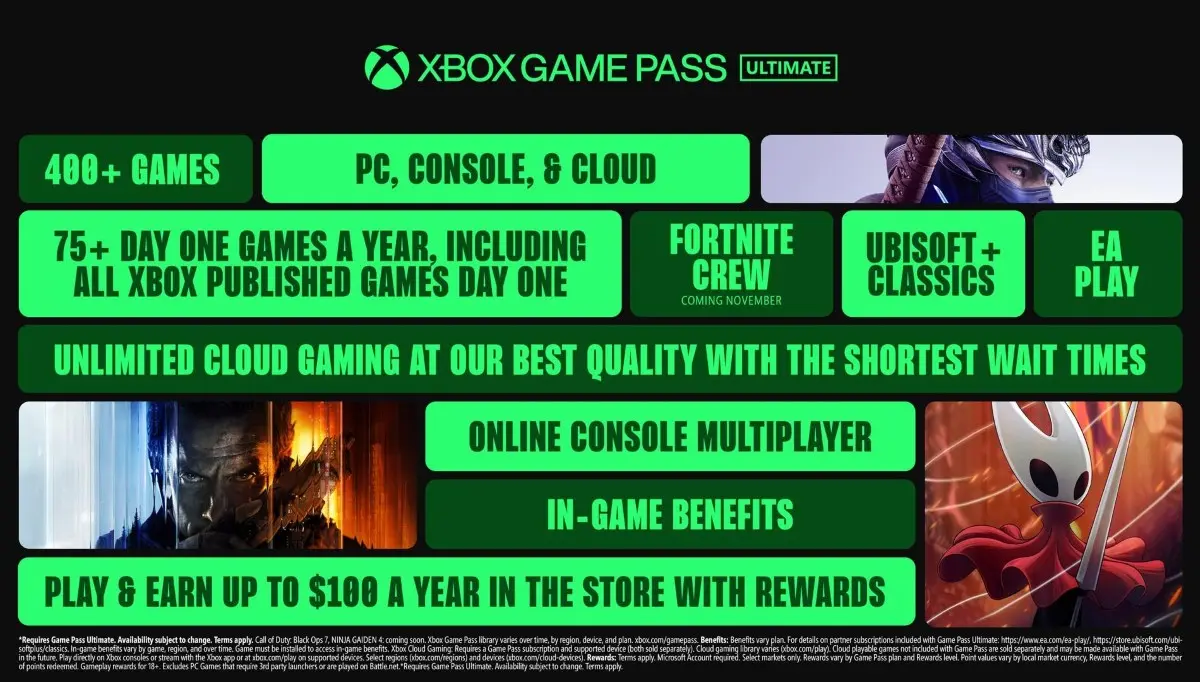A return to the Sinnoh region's original adventure, before a new legend is born.
Pokémon Brilliant Diamond and Shining Pearl return to the mountainous Sinnoh region 14 years after they ushered the fourth Generation onto the Nintendo DS in Australia, Europe and America. In a series that has made its fortune on repetition, Diamond and Pearl hold a special place for me. After convincing myself I had outgrown the all-consuming fad after Generation 1, it marked my return to hurling Pokéballs for the first time since Pokémon Yellow. It’s the reason I still conform to the stereotype that most Pokémon fans are actually in their late-20s or early-30s, not approaching their teens.
As usual, you’re a wee lad or lass, whose only friend spends most of his time running away, and your stay at home Mum is still bedroom-less. There is a nutty professor, this time named Rowan, perfectly happy to send a primary school-aged child on their merry way wandering the local towns, battling and capturing vicious wild Pokémon, and confronting an evil organisation. It’s a tale that really has stood the test of time.
As a remake, Pokémon Brilliant Diamond and Shining Pearl finds itself in a middle ground between faithfully replicating the original experience and introducing the many, though often subtle, enhancements that have made the series so much more accessible since 2007.
The first quality of life improvement that resonated with me is removing the need to carry certain Pokémon you don’t really care for, just for their HM abilities that are required to navigate the world. The Pokétech, a strikingly ancient monochromatic device that embodies the essence of an 80’s calculator-watch, now enables you to call upon Bidoof to smash rocks, allowing him to be bi-ditched from the party. This extends to abilities like fly and surf, which are now on-call without wasting a valuable spot in your top six.
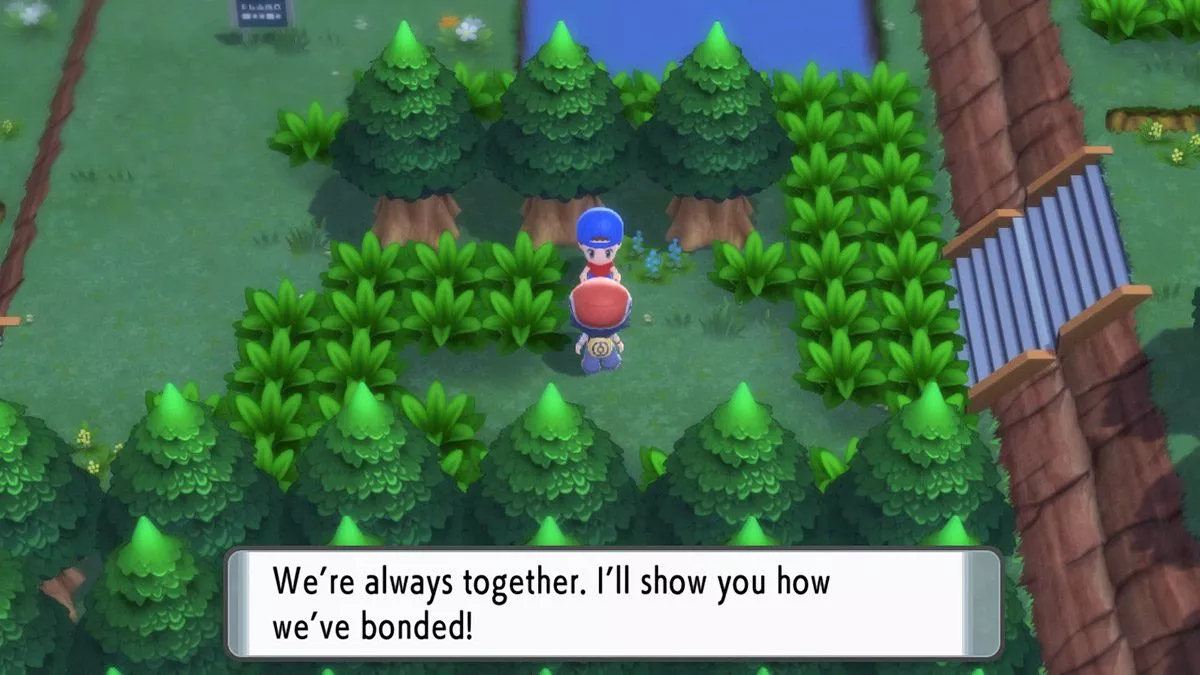
The trusty Pokémon Box has been brought into line with recent games, allowing you to swap Pokémon in and out of your party from anywhere in the world; no more seeking a desktop to complete your Pokémon banking. It’s a formality at this point in the series’ illustrious history, but is a step towards the overall faster pacing of Brilliant Diamond and Shining Pearl compared to the 3DS originals, which is largely driven by your entire party gaining Exp from the outset.
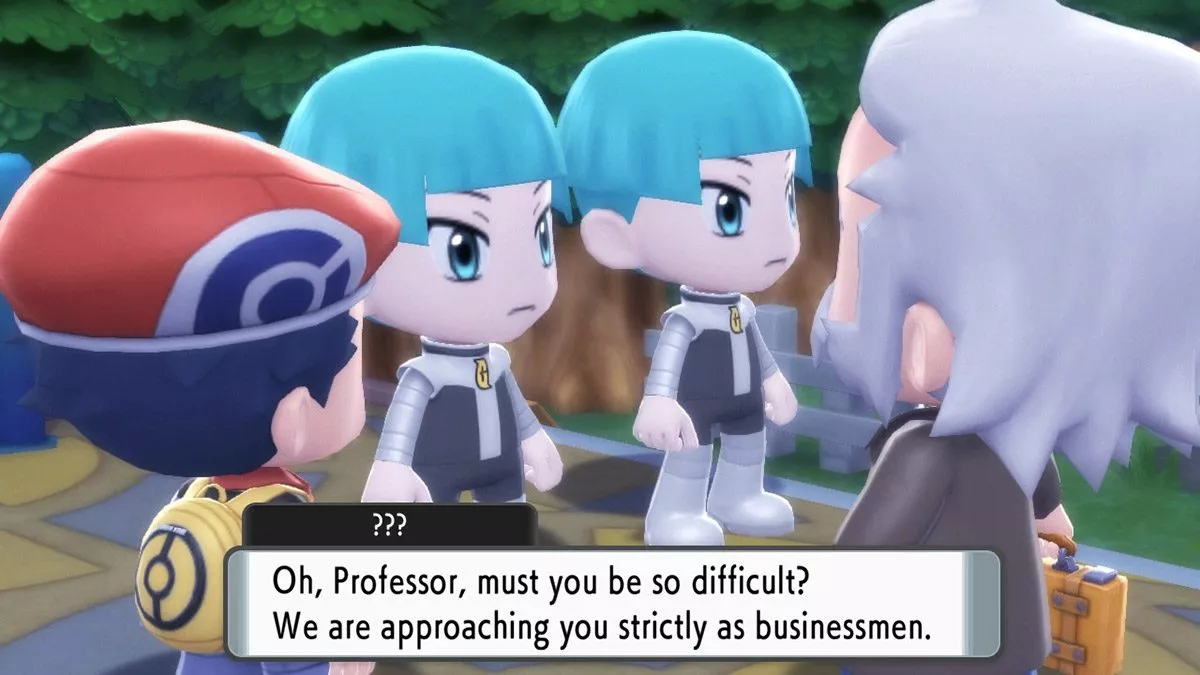
While I appreciate it, traditionally Exp Share was an item gained during the adventure, and more recently a key item that can be toggled on or off. Starting the game with automatic experience spread across the full party, with no way to turn it off, may annoy some players who want the long, laborious Pokémon experience. It certainly makes the game faster and your team stronger, which in-turn makes it a lot easier, so it’s not quite the same experience.
Visually, Brilliant Diamond and Shining Pearl delivers a mixed bag. As a full remake, expectations are high, and we know Game Freak has ambitions to further the Pokémon style guide with Legends Arceus in January. However, Brilliant Diamond and Shining Pearl go the other way. Following the more immersive 3D style of Pokémon Sword and Shield, the Diamond and Pearl remakes regress to the traditional vantage point, and are more akin to the 3DS games, only in high definition, at least while exploring the world. Battles aside, it feels more like a DS to 3DS game, only crisper, rather than a DS to Switch remake.
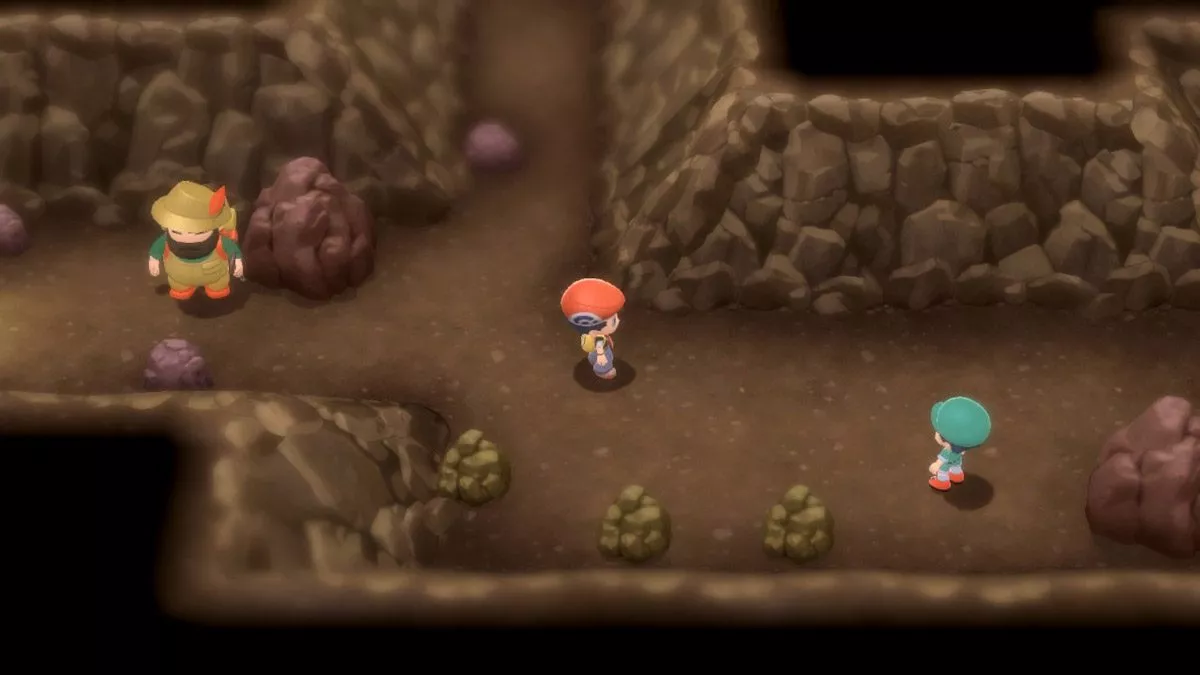
It’s jarring because battles suddenly transform into the visual style of Pokémon Sword and Shield, including characters of totally different dimensions with far greater detail and expressions, leaving them feeling out of place. The nice battle animations return from S&S, and moves now displaying their effectiveness against known Pokémon is a nice modern touch.
But it’s strange to go from a short, stocky child character that’s imitating the original 2D sprites, to a tall and slender older trainer who mirrors Sword and Shield. All of the mechanics work well, but it feels like you are playing two entirely different games, generations apart, between wandering the world and battles. The music, however, is consistent throughout. It’s such a delight that it alone almost makes up for the flat overworld art style by injecting the classic Pokémon vibe with banging renditions of some vintage tunes.
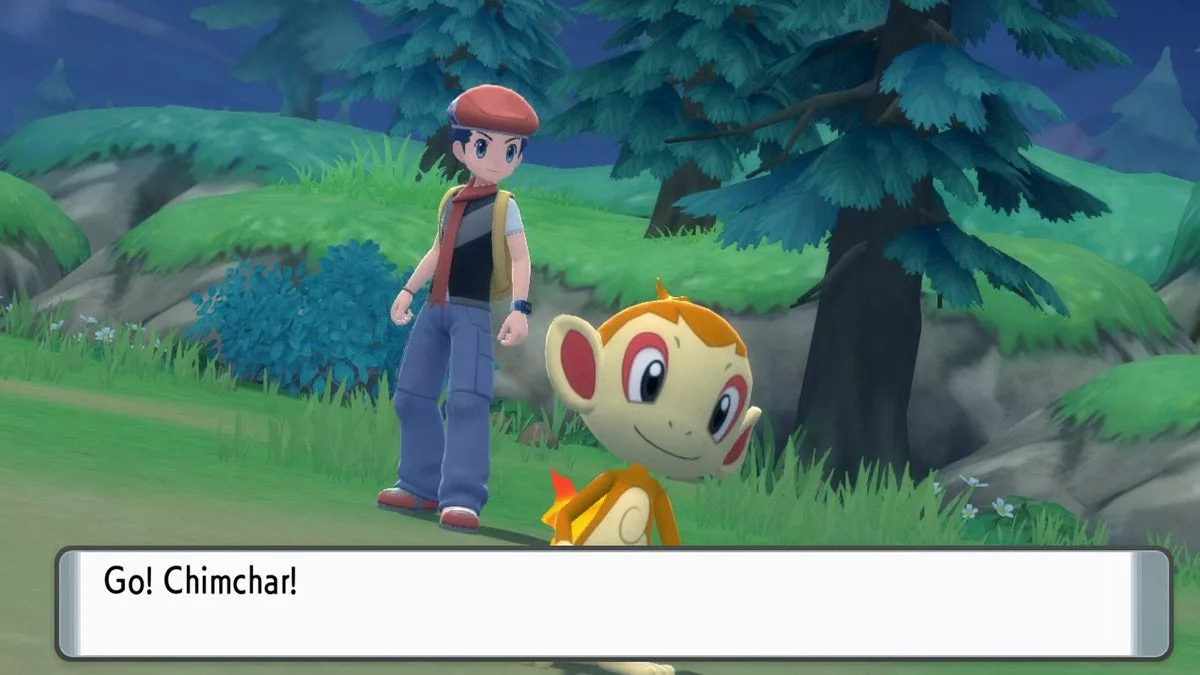
The underground dwellers’ levels scale as you progress, but when I first waltz in with a Level 25 Monferno, I was tussling with Level 28s, available for capture. It adds some challenge, but also disrupts Pokémon’s usually carefully curated level capping. With a few of those bad boys injected into my roster, I found myself even more overpowered on the surface, where opponents generally clocked in at 10 levels, or more, below most of my party.
I don’t recall the Underground at all from the original games, but I’ve enjoyed the thrill of finding more challenging wild Pokémon in Brilliant Diamond. It’s effectively a big side quest, and while I normally avoid those at all costs in Pokémon games, I’ve found myself spending hours navigating the tunnels of the Grand Underground, as it’s a far more fulfilling location to acquire new Pokémon. With some rarer creatures, it also addresses some of the unbalanced line-up issues of the original games that were somewhat rectified by Pokémon Platinum – although, it’s strange that the improvements of the enhanced version from 2009 have been completely ignored for the 2021 remake.
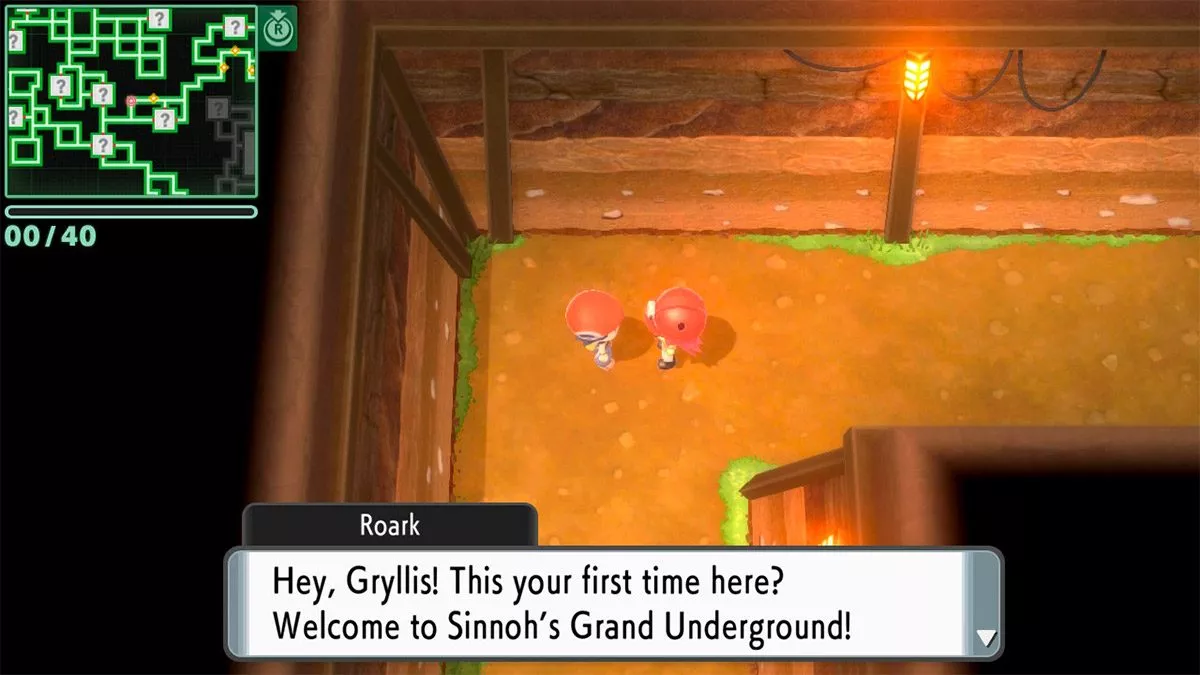
The DS versions are still welcoming to pick-up and play, so unlike past remakes, Pokémon Brilliant Diamond and Shining Pearl aren’t the clear definitive editions. They’re good, updated versions of Diamond and Pearl, but what they’ve gained in gameplay polish is contrasted by an inferior visual style. With less time to play than I had on DS, I like the much faster pacing, but there’s no escaping that it’s because the game has been made drastically easier, which is inevitably a double-edged sword.
What we have here is a very similar, yet different, version of Pokémon Diamond and Pearl in high definition on Switch, but it’s not definitively the best version to play today, as was the case with FireRed/LeafGreen, HeartGold/SoulSilver and Alpha Sapphire/Omega Ruby when they launched. While it’s not a stunningly brilliant or shining remake, it is a very faithful one that plays it safe and is a welcome return to Sinnoh for those with fond memories of visiting on the DS — but I’m more excited to see what’s new in the region with Pokémon Legends Arceus.
Pokémon Brilliant Diamond was reviewed using a promotional code on Nintendo Switch OLED, as provided by the publisher. Click here to learn more about Stevivor’s scoring scale.
This article may contain affiliate links, meaning we could earn a small commission if you click-through and make a purchase. Stevivor is an independent outlet and our journalism is in no way influenced by any advertiser or commercial initiative.

